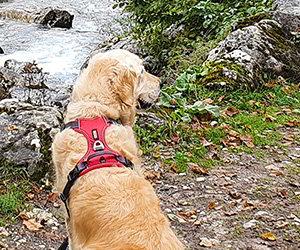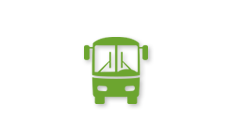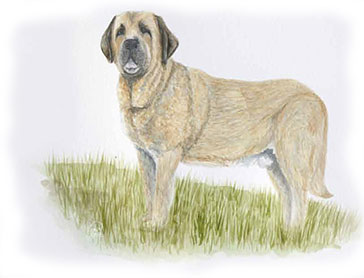Trip preparations
/documents/39908/12031148/seccion-antes-llegar.jpg/7d791d3f-408f-3dfa-5fce-3ecba4e02e99?t=1741953595172

Before you travel, make sure your pet complies with current regulations. Check the mandatory vaccinations, the documentation you need to carry and any legal requirements. You should also check if there are any local restrictions in the destinations you are visiting. Better to be safe than to be surprised.
Information on vaccinations, documentation, legislation, etc.
Organising a trip with your pet requires you to check some basic points: vaccinations, microchip or documentation in order, according to the legal requirements in force. Also, find out about the regulations in force at your destination - in this case Asturias - if you are coming from abroad. It is always good to know the Asturian legislation or where to find a veterinary clinic, in case something comes up during your stay.
Locate a veterinary clinic
If you have any doubts, before travelling to Asturias or during your visit, we recommend that you visit this link www.colegioveterinarios.net(opens in a new tab) where you have all the veterinary clinics, so you can find out which one is closest to the place you are going to visit.
If you come from outside Spain
If you are arriving from another EU country, you must have your Pet Passport up-to-date with the latest vaccinations. In addition, in the case of the United Kingdom, Ireland, Malta, Finland or Norway, you must treat your dog against E. multilocularis between 24 and 120 hours before returning to your country.
Rabies vaccination
Rabies vaccination is compulsory for dogs throughout Spain, except in the Communities of Galicia, Euskadi and Catalonia. A Resolution of 21 March 2023(opens in a new tab), of the Consejería de Medio Rural y Cohesión Territorial, declares rabies vaccination compulsory in the Autonomous Community of the Principality of Asturias.
Microchip
If you come to Asturias with your dog, remember that it must be identified with a microchip, as required by regional regulations. This chip, which is compulsory from the age of three months, makes it possible to locate the animal in the event of loss. The identification is accompanied by a European passport (health booklet) with vaccines and deworming.
Registering your pet correctly is not only a legal requirement, it is also the best way to guarantee its safety, while you explore the natural paradise together.
Decree 99/2004, of 23 December, regulates the identification of pets, and the Centralised Computerised Register of the Principality of Asturias.
Legislation
Law on the keeping, protection and rights of animals, as well as municipal ordinances regulating the keeping of animals in public spaces.
- Regional Law 13/2002 on the keeping, protection and rights of animals:
- National Law 7/2023, of 28 March, on the protection of the rights and welfare of animals:
In addition to regional and state regulations, each municipality in Asturias may have its own by-laws on the keeping and circulation of pets. Therefore, if you are travelling with your pet, we recommend that you check the local regulations. These by-laws may regulate aspects such as the use of muzzles, dog recreation areas or access to beaches and parks. Informing yourself in advance will help you to enjoy your stay with complete peace of mind during your visit to Asturias.


















